3D Making and Paradigm Shifts in Science
In this deep-dive, our first of the the 2021-2022 school year, The Star-Splitters looked into how things have been made in the past by hand and by mechanical machine, and compared these with emerging desktop manufacturing technologies. We learned the basics of 3D printing and used 3D printers to make unique creative works that incorporate and repurpose or reimagine conventionally manufactured objects or components that would otherwise be thrown away. In the process, we saw how historical technical developments revolutionized the making of things and established patterns or paradigms of work, industry, and life that lasted for centuries.
The class was co-taught by inventor and writer Joel Ewy, who discussed Thomas Kuhn's notion of paradigm shifts, particularly in terms of how the technology and culture of 3D printing is poised to transform society, reinvesting individuals with a sense of agency and creativity, even as it fosters collaboration.
We learned to read technology and the environments it creates (via Marshall McLuan and James Burke), and about how fundamental paradigm shifts occur in science (via Thomas Kuhn). At the same time, students learned how to design in SCAD and print objects of their invention.
Students designed, printed, and painted avatars of themselves, accompanied by essays written in sentence-outline form that explained their creative and design choices, and then gave an oral presentation about the project.
For their final projects, the Star-Splitters made unique creative works that incorporated and repurposed or reimagined conventionally manufactured objects or components that would otherwise be thrown away, as well as 3D printed object of their own design. Following up on last year’s divergent thinking experiments, the students' inventions were to be "useful but not usual."
For the presentation of their projects, we inaugurated The Star-Splitters' Spark Tank, in which the objects of the students' inventions are celebrated for their ability to spark wonder, demonstrate ingenuity and imagination, and meet a need in a useful but unusual way.
In their 3-D making deep dive, the Star-Splitters are learning how to design and print objects of their invention, even as they are learning how to design logically structured paragraphs.
In their 3-D making deep dive, the Star-Splitters are learning how to design and print objects of their invention, even as they are learning how to design logically structured paragraphs.
For Star-Splitters, Science and Wonder are One
(Video and featured projects from the Star-Splitters' deep dive into 3D Making, Paradigm Shifts in Science, and Sustainability)
At the end of our deep-dive, students presented their final projects: inventions that combine repurposed or recycled objects that would otherwise be deemed disposable and a 3D printed object of their own design.
In The Star-Splitters' Spark Tank, the objects of the students' inventions are celebrated for their ability to spark wonder, demonstrate ingenuity and imagination, and meet a need in a useful but unusual way.
The Omino Inutilia!
"Have you ever been listening to abstract jazz that is so well crafted that you really are not able to tell if you are enjoying it sincerely or if listening to it any longer will cause you to be in an existential crisis??!!"
Arora Schmidt's invention, an old cassette tape case reimagined to help create an immersive environment when listening to a favorite album, is customizable to suit any record you love. In this iteration, Arora hand-crafted a set of earrings, a charm, and other original artwork in order to fashion a visual and tactile experience for the album "Forest Standards, Vol.1" by David Lord.
"I have constructed The Omino Inutilia out of a variety of materials. The first is a cassette tape case from my very own Simon & Garfunkel’s Greatest Hits mixtape. I used spray paint after a layer of mod podge over the entire case. Other things I have used include modeling clay (red and pink),hot glue to affix a few things including some pebbles, sticks, and some synthetic imitation shrubbery as well as to imitate water."
"On the interior of the case, I have used three 3D printed pieces. One holds a pair of earrings, another is a cute little shelf for a mushroom charm to stand on, and the other is a little hook for bracelet making. I have utilized the synthetic imitation shrubbery to decorate the interior as well."
"The benefits of my invention, as I mentioned before, include preventing an existential crisis!"
"A unique feature of my invention is that it is designed to be wearable and interactive. "My invention is unusual because, to my knowledge, there is nothing like it!! My invention’s purpose is to accompany an album specifically on vinyl visually and tactilely. This iteration is tailored specifically to accompany the album Forest Standards vol.1 by David Lord."
"On the interior of the case, I have used three 3D printed pieces. One holds a pair of earrings..."
"...another is a cute little shelf for a mushroom charm to stand on..."
"...and the other is a little hook for bracelet making."
Slogan: The Omnino Inutilia! It’ll bring joy! guaranteed….Omnino Inutilia! In no stores near you! Never! Jingle: *snapping fingers all jazz-like* Smile and prevent your existential crisis today! Omnino Inutilia!
Mr. Ewy helping Arora learn the intricacies of the open-source CAD program she used to design her 3D printed materials.
The Gum Holder 3000!
Juan Garcia's invention--a wall-mounted 3D-printed hand that holds your gum and keeps it fresh beneath a glass dome it's already holding--was born of a very specific need: What to do when you've just popped a new stick of gum into your mouth and your mom calls you for dinner? Enter: The Gum Holder 3000!
As Juan wryly observed when presenting his project to the class, his invention utilizes repurposed objects that would otherwise be disposable: an old, glass candle-lid and a DVD copy of Twilight: New Moon.
And, as it usually the case with comedy that seems effortless, there was a lot of work involved in its making. The design of the hand was especially daunting, and one that Juan diligently pursued. Mr. Ewy helped him to see the distinct and repeating shapes that make up the human hand, and how to translate those figures into the syntax that SCAD (Open-Source Computer Aided Design) understands. Juan spent many hours making his invention a success.
The Gum Holder 3000: The Gum Stays Fresh After Hours! I built this contraption using mostly repurposed items that didn’t have a home, these being a candle lid, the case for a terrible movie, and an empty open gum wrapper.
The design in SCAD
Watching the hand emerge, layer by layer
From Juan's project presentation ad: Narrator: Has this ever happened to you? *We see Son opening a gum wrapper and putting the gum in his mouth. Mom: Time for dinner! Son: What do I do?
Introducing the Gum Holder 3000 to solve all of your very specific needs. Son: Awesome! How do I use it? Narrator: The Gum Holder 3000 is used in a very simple way. First you take the gum and put it in the foil. Then you close the foil.
Then you use the lid to seal off the gum.
Thank you, Gum Holder 3000!
Pencase: By Gustopher.
"Special things belong in special places.”
Finn Frock's invention is a ceremonial pen case, featuring a 3D-printed base that was custom-designed to fit The Star-Splitters' Blue Pen of Truth.
(Last year in our Law School deep-dive, we learned that legal documents had to be signed in blue ink, which led to an ongoing inside joke that everything we wrote in blue was true; Mr. Coleman presented each student with a blue Star-Splitters pen at the beginning of this year.)
Finn notes that his invention "alludes to The Pirates of the Caribbean, in which Will Turner gives the sword he made for Commodore Norington to Governor Swan so he can present it to the Commodore. He gives it to him in a fancy, ceremonial case, on which my pen case is based."
The invention repurposes a protractor-and-compass box that Finn used in seventh grade: "It has a table with metric equivalents inside the lid. I replaced it with a table providing information pertaining to the Star-Splitter cohort: metrical feet."
"This beautifully bespoke box is made from a recycled protractor-and-compass box I only used once in 7th grade, velvet I got from the arts and crafts store, and..."
...a shape I 3D-printed. (whispered) Pencase: by Gustopher.
"Store your favorite pen in this box to make it stand out, be unusual, be [whispered] special."
"For only $49.95 you can present your precious pen in a way that all your friends will envy. And if you call now, you will get a complimentary table explaining metrical feet inside the lid."
"Pencase: by Gustopher...."
"...Special things belong in special places."
*Pencase is displayed on pedestal* Presenter: Prestigious. Regal. High status. These are all words describing how you will feel with this groundbreaking new item: (whispered) Pencase: by Gustopher.

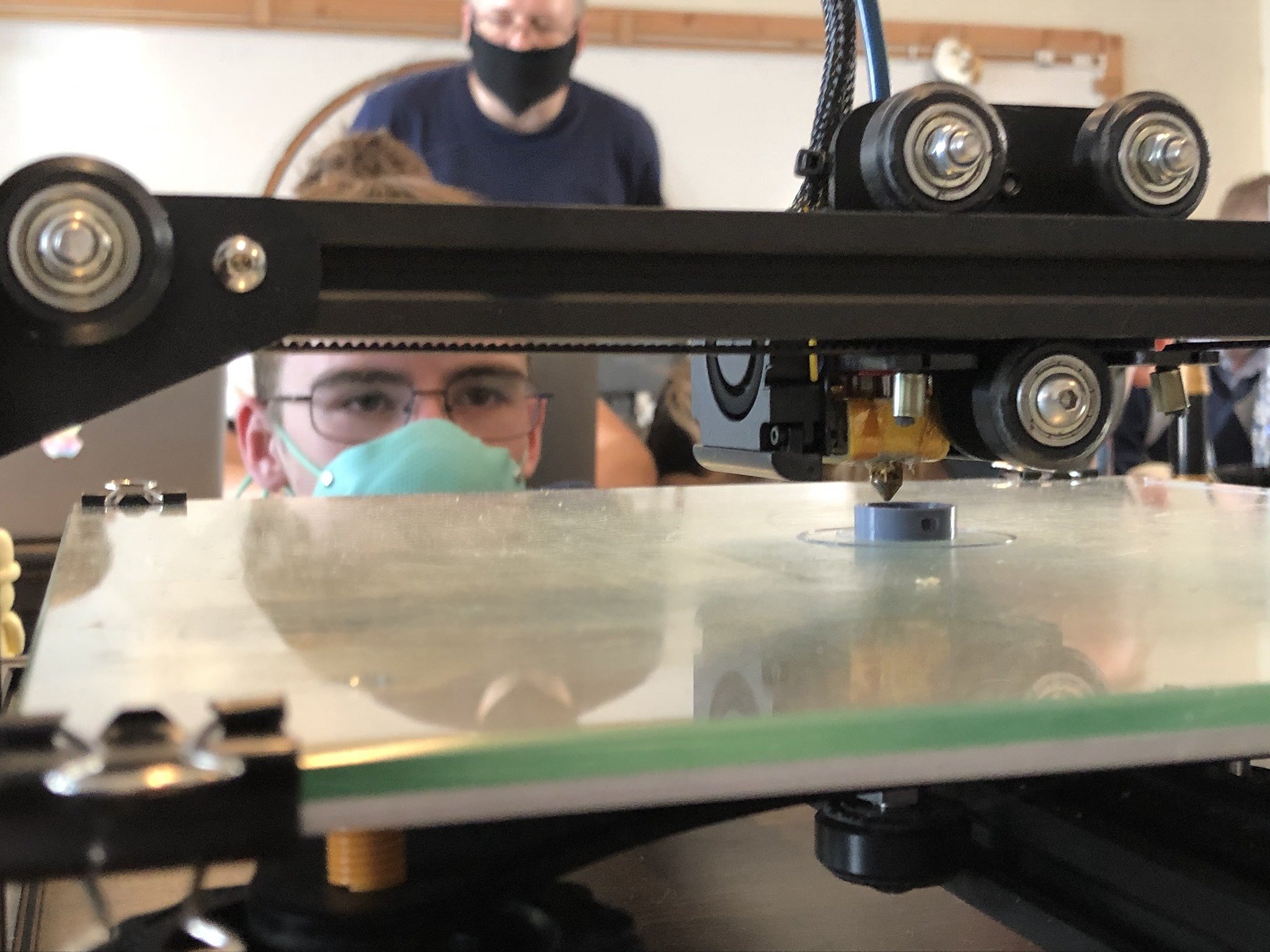


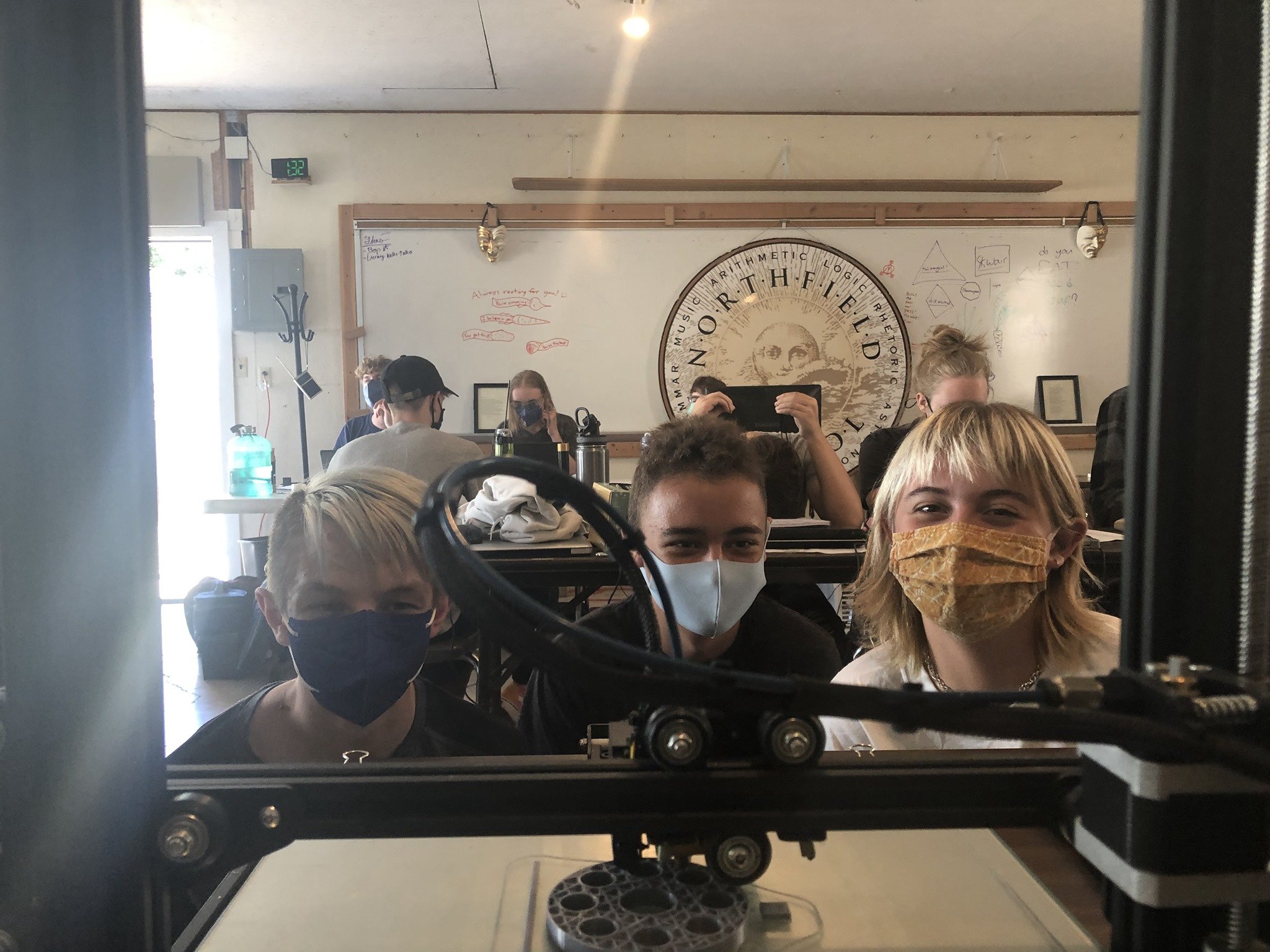



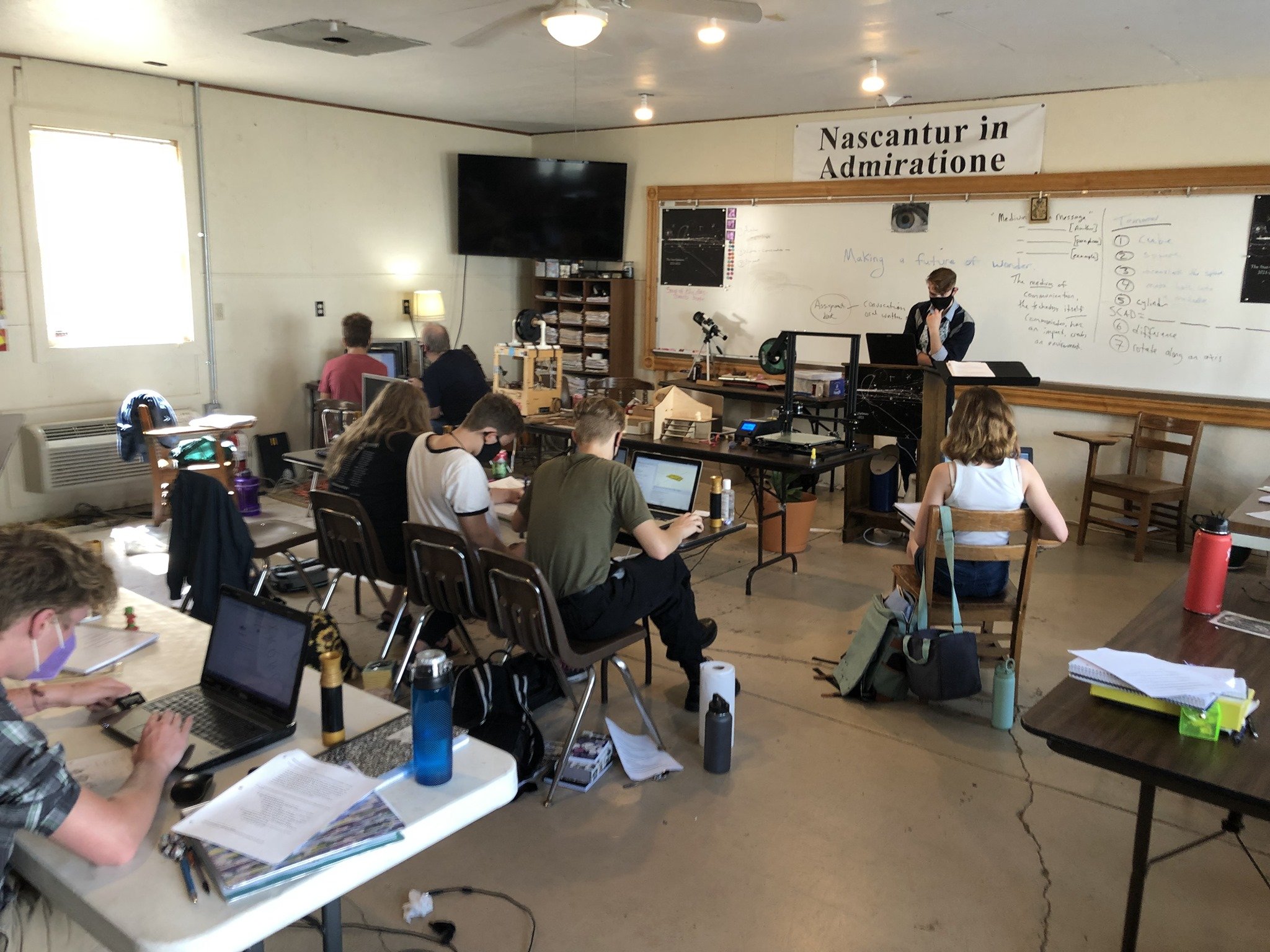

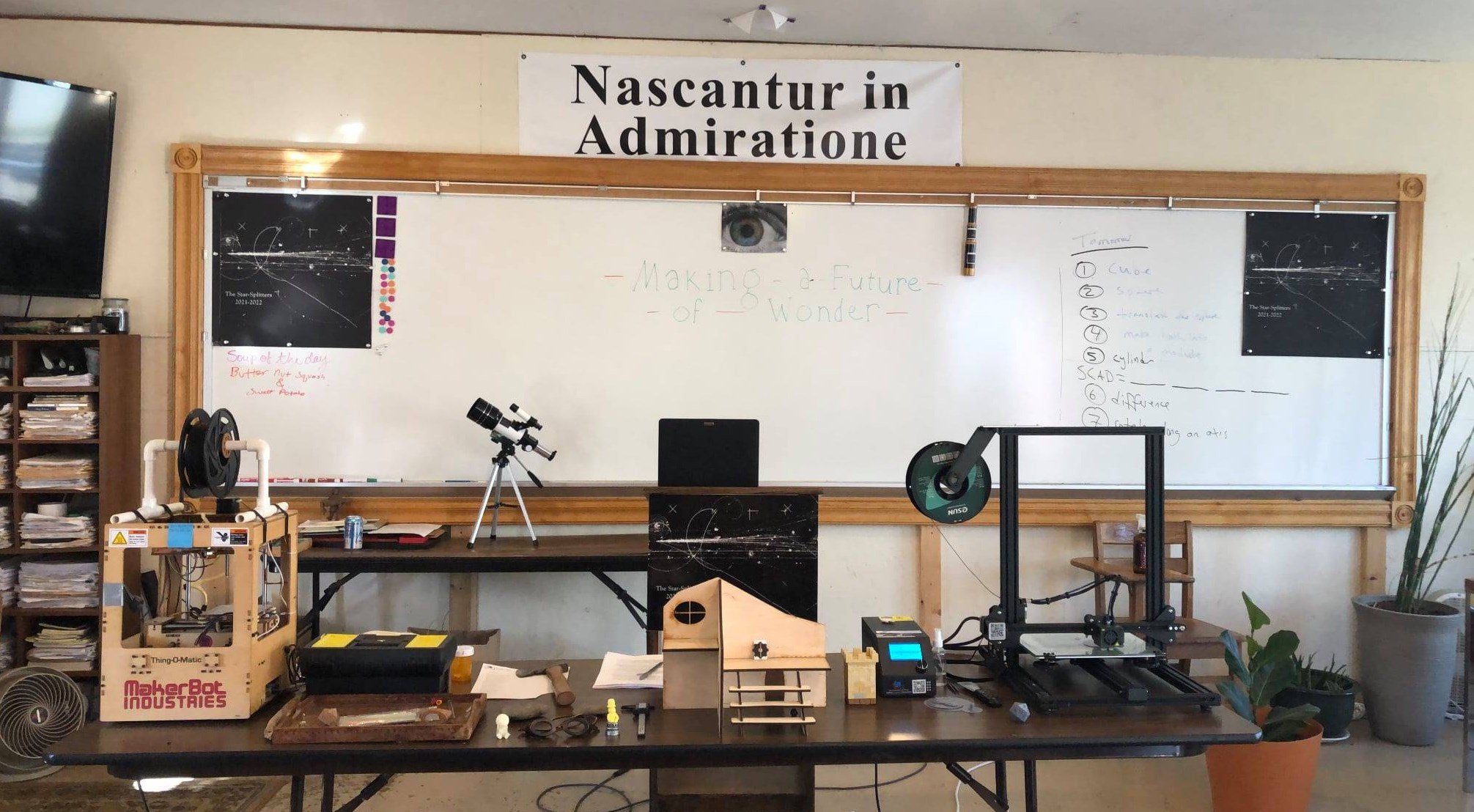



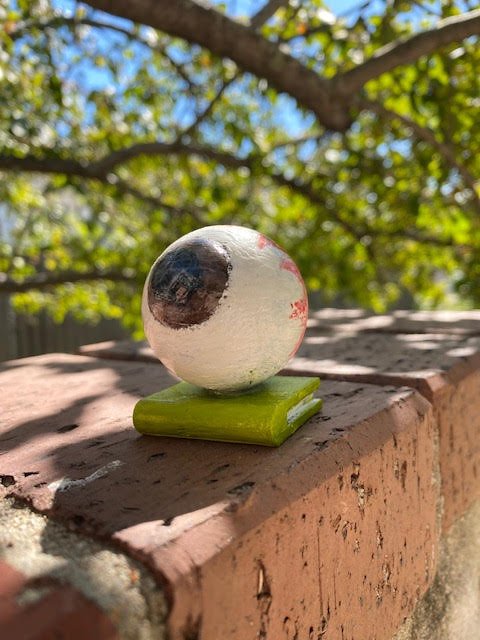




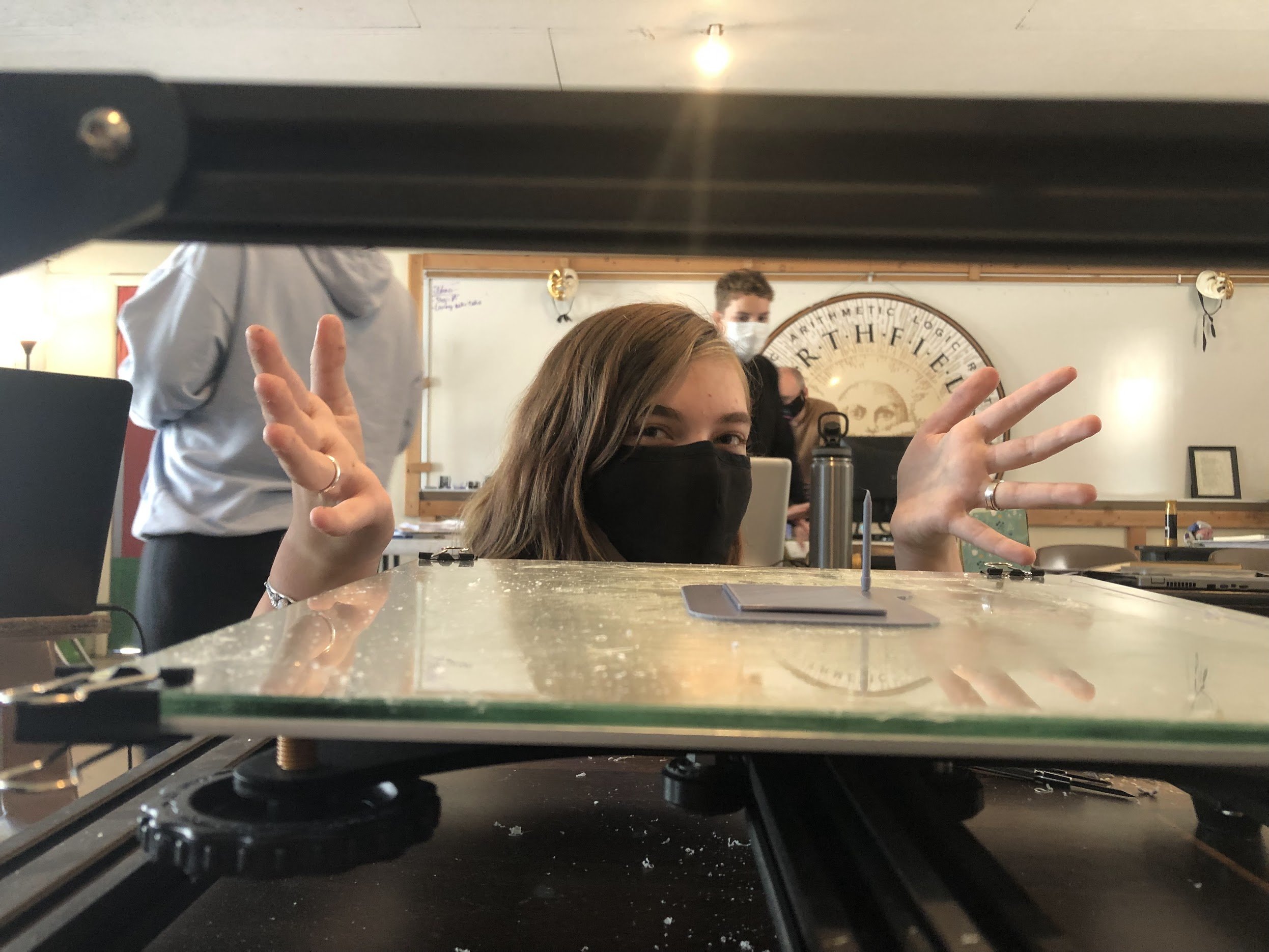





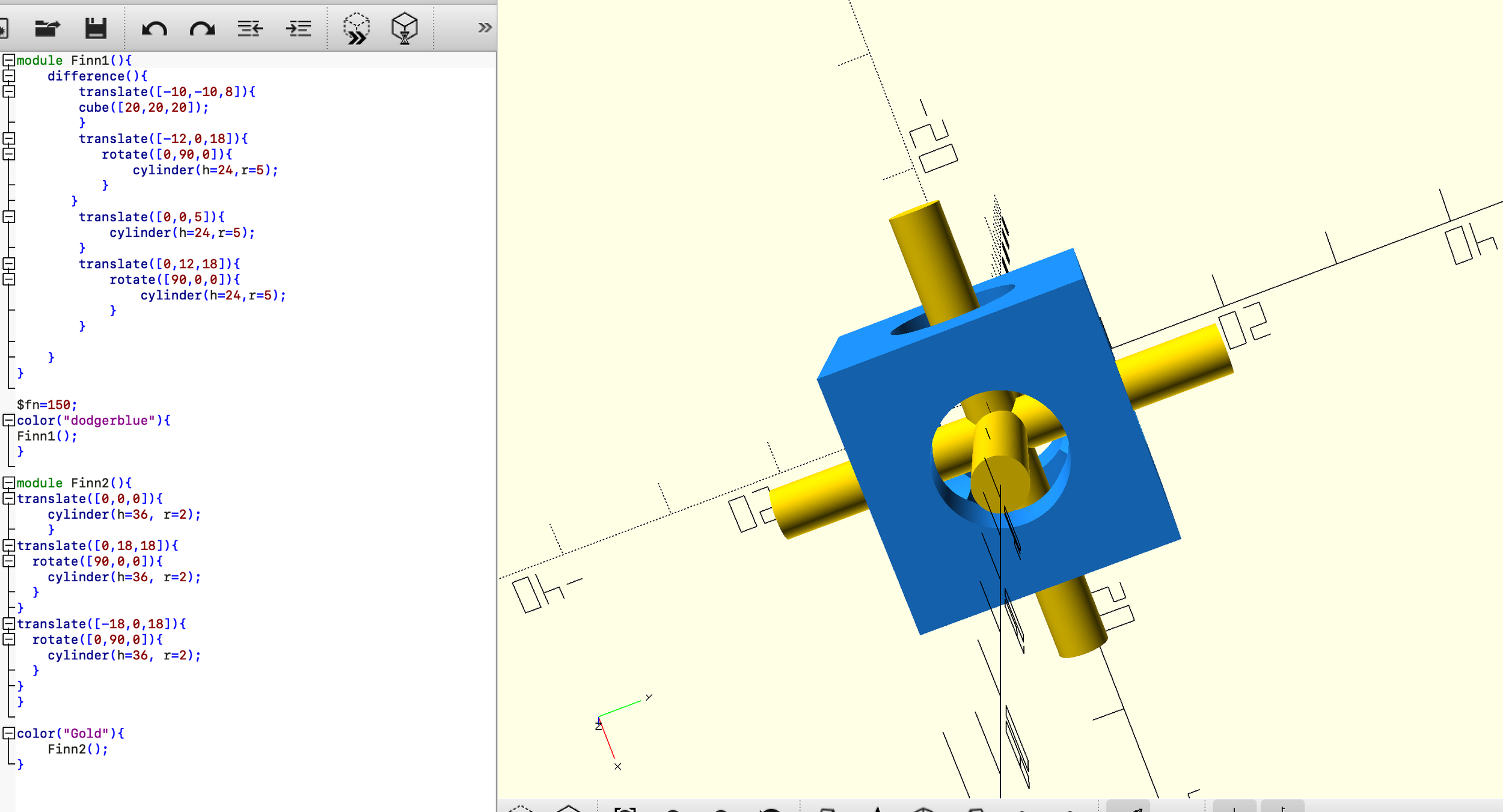
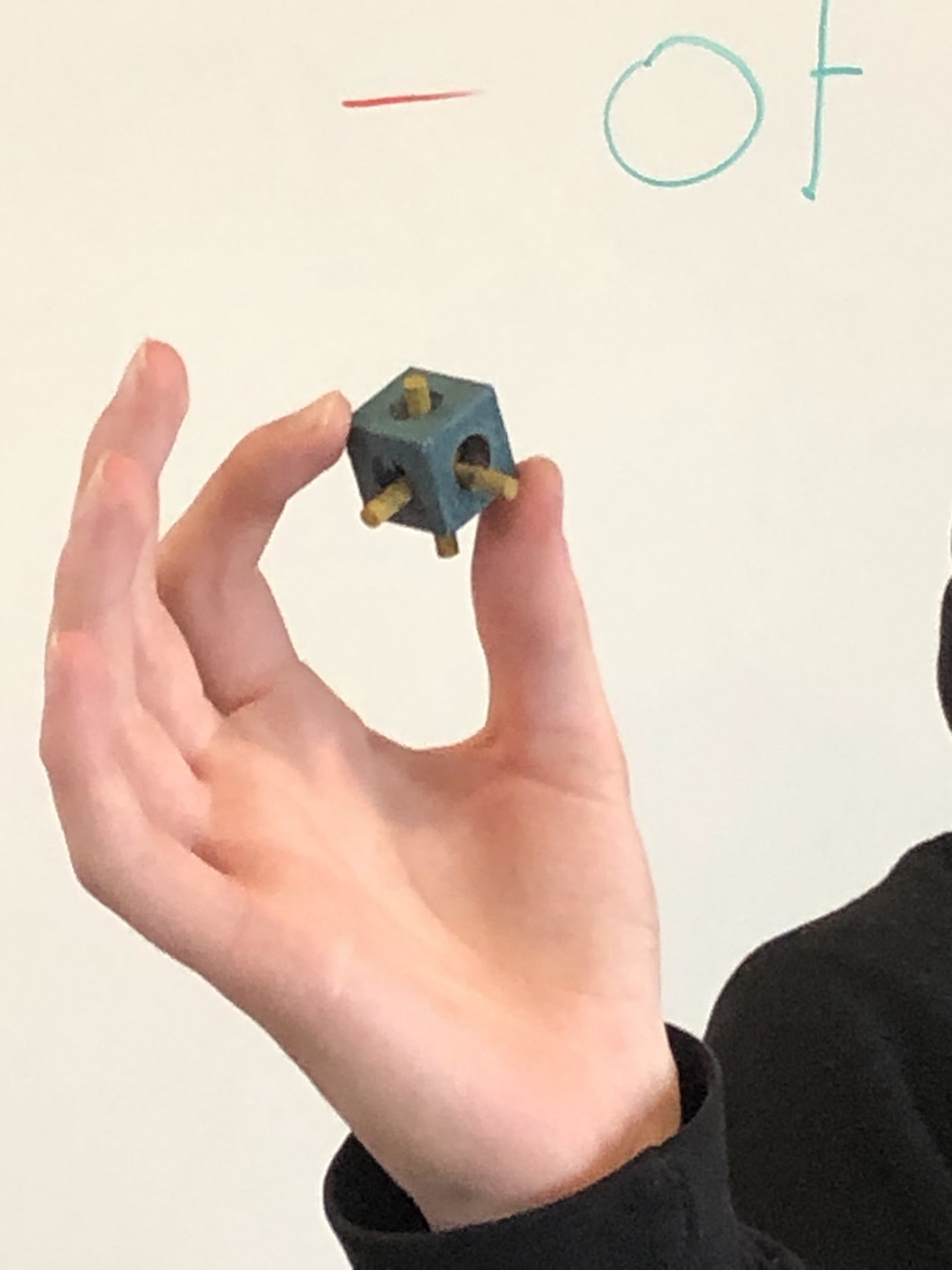

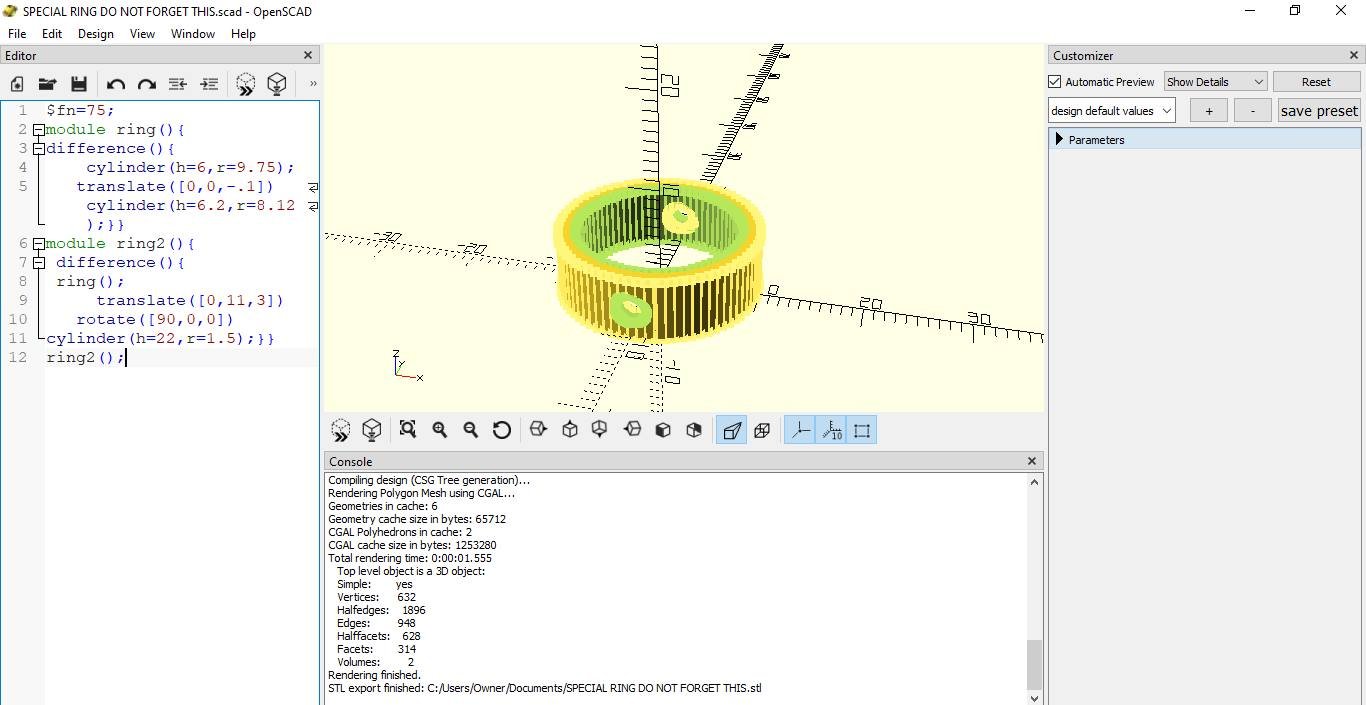



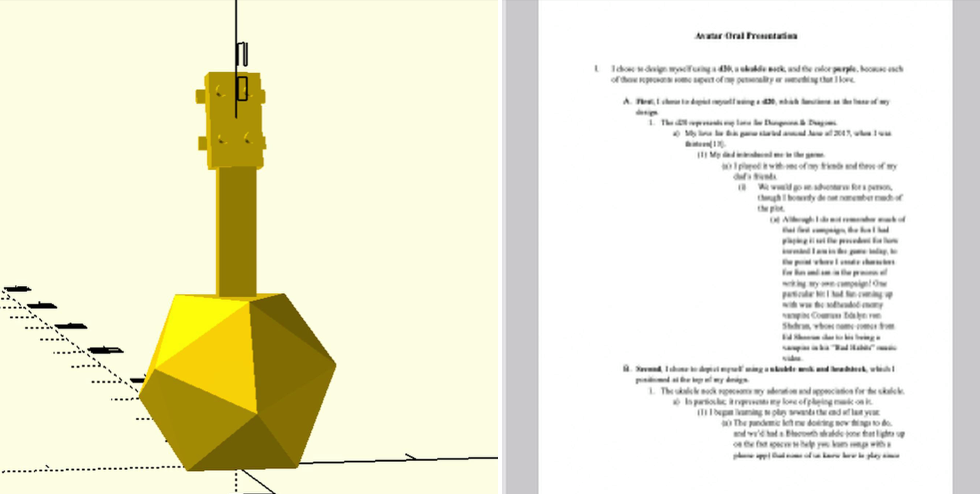

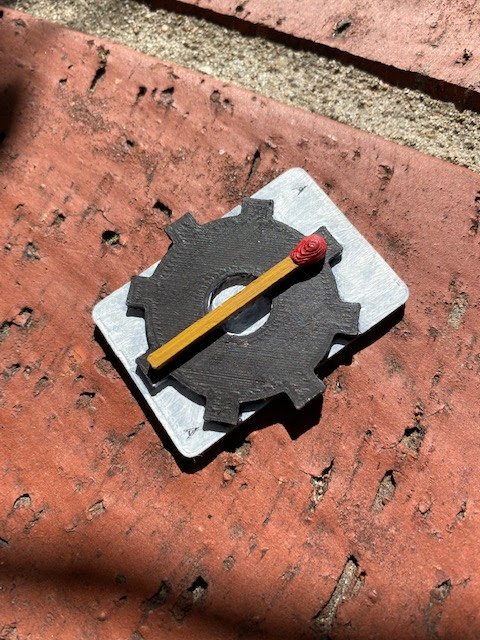







































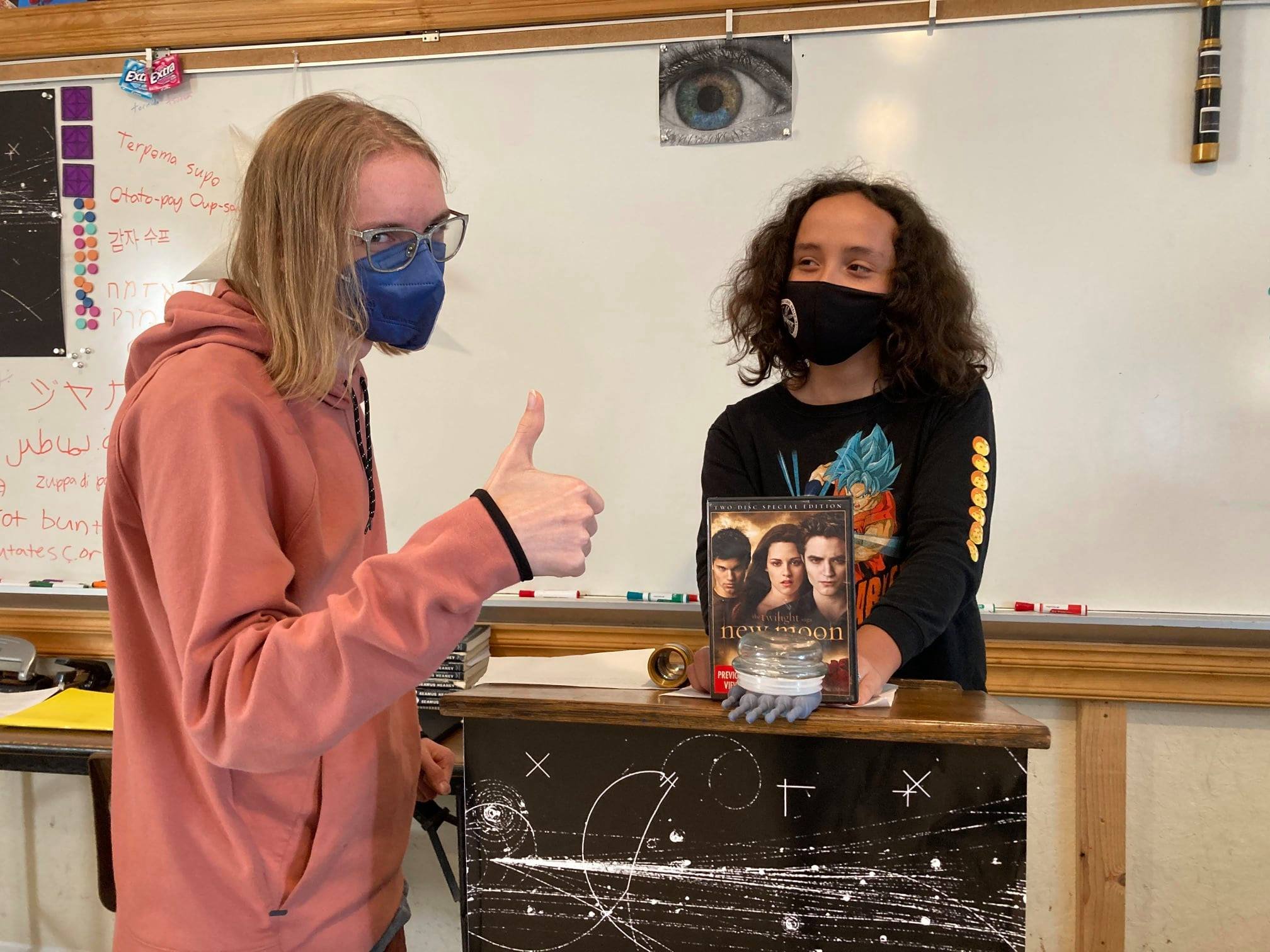


!["Store your favorite pen in this box to make it stand out, be unusual, be [whispered] special."](https://images.squarespace-cdn.com/content/v1/629c3939c5c83923d705592a/6a05507f-a60f-4326-924f-0dc8d2e96161/4.jpg)



